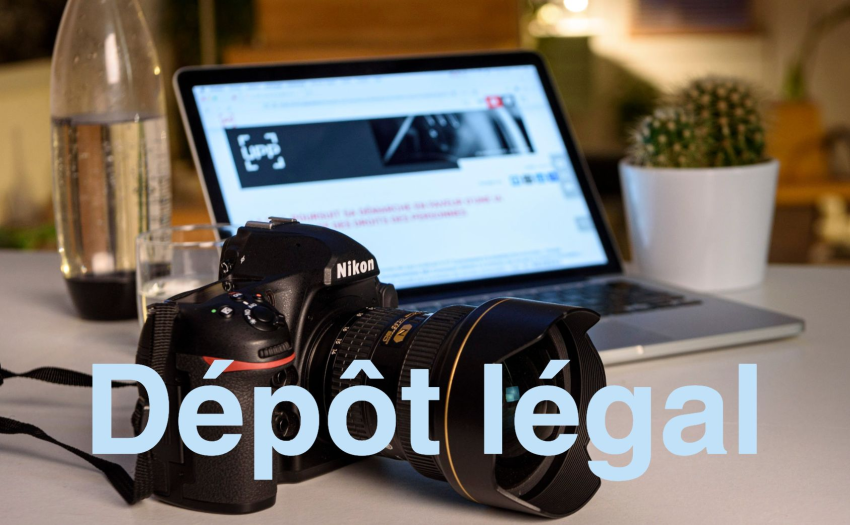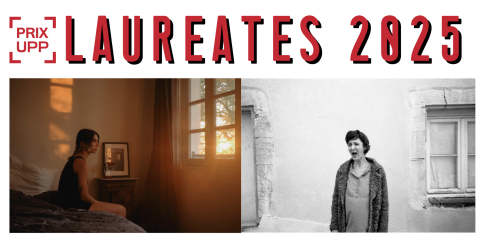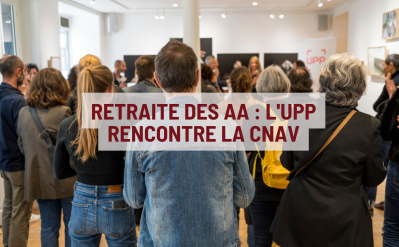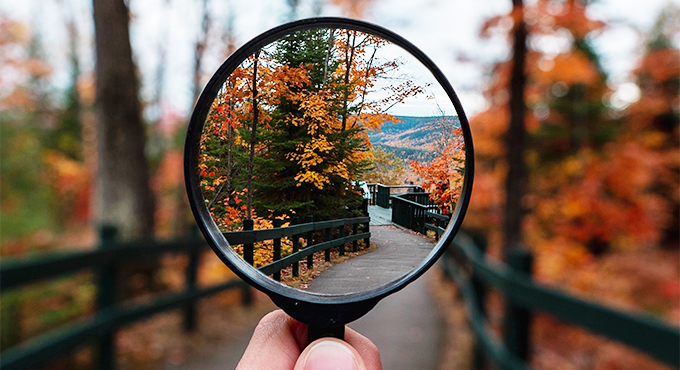News

Legal deposit
-----
Subject: Comments on the draft decree on the legal deposit of photography
Madam,
We have taken note of the documents you have shared with us, in particular the draft decree aimed at reinforcing and systematizing the legal deposit of photography, and the minutes of the meeting organized on May 21 with a number of entities representing photographers. You will find below our feedback on this project, which raises deep concerns among our members.
1. A constraint unmatched in other creative sectors,
The new provisions set out in the Bibliothèque nationale de France's "Dépôt légal des photographies" memo dated March 20, 2025 require that, from January 1, 2026, a copy of their physical production of documentary, commissioned and artistic photographs be deposited with the BNF. This requirement would place a considerable material and financial burden on photographers, many of whom work in already precarious economic conditions.
What's more, the decree does not specify the exact nature of the expected print run (reading proof, exhibition print, etc.), nor the level of quality or finish required. This makes the obligation unclear, unfair and, for many authors, impossible to meet.
Lastly, while publishers and printers are subject to a legal deposit obligation, writers have never been required to deposit their manuscripts or printed works themselves. Photographers therefore question the relevance of a legal deposit obligation imposed on them personally - a constraint which, incidentally, is not imposed on any other artistic or literary creator.
2. Major legal and technical inaccuracies
As it stands, the project's legal vagueness gives cause for concern as to its feasibility.
- It does not clearly specify who is required to meet the deposit obligation, nor who is legally responsible: the author, the sponsor, the drawer and/or the agency? The general reference to "depositor" is a source of ambiguity.
- It does not indicate how photographic works will be selected for legal deposit. Who will be responsible for selection, and how will these entities have the capacity to select from among the millions of photographers published in France every year? This is all the more important as a policy of "selection" would be tantamount to introducing a breach of equality between authors who are solicited and those who are not, and therefore between those whose work will be preserved and enhanced and those doomed to "disappear into the mass" due to the acceleration of production and exchange flows, as you put it.
- Nor does it precisely define the practical details of the digital repository: what format is expected? What metadata must accompany files? What platforms or protocols should be used? The absence of a technical framework makes the decree difficult to apply. Will the BNF be able to ensure the security, preservation, conservation and availability of all photographs, when the private companies currently dedicated to this mission are limiting the flow of incoming photographs, and yet must invest heavily to maintain their management capacities?
- Last but not least, the text never specifies what is meant by the term "photography". Does it refer to the image as a digital file? A physical print? A working document or a finished object for exhibition or collection? In photography, the work can take on different forms, each corresponding to quite distinct uses, statuses and values. This fundamental vagueness exposes the decree to major difficulties of interpretation, both for photographers and for the institutions responsible for its application.
Without clarification, the draft decree will create clear legal and operational uncertainty for the entire profession.
3. A traditional conception of photography
Photography was included in the legal deposit system as early as 1851, at a time when it was considered a mechanical reproduction process akin to engraving or lithography, as opposed to painting or sculpture, which were considered unique creations. This differentiated treatment persists today, despite the fact that photography has been recognized as an art form for several decades.
Above all, this provision ignores the singular nature of the photographic print. Unlike printed publications, a photographic print is not a simple multiple that can be reproduced in series. Its patrimonial (and financial) value depends on a number of parameters: format, support, printing technique, presence of a signature or stamp, belonging to a collection, participation in an exhibition. In this sense, each print is a unique work. To date, no other field of artistic creation is subject to such an obligation: neither visual artists, nor sculptors, nor even writers are required to provide an original work for legal deposit purposes.
Moreover, requiring a paper print for legal deposit seems paradoxical: today, digital format is still (with very few exceptions) the native and authentic format for photographic productions. As such, they should be subject to dematerialized legal deposit, like online press or audiovisual works.
Recommendations
In view of all these factors, we make the following recommendations:
- Replace the physical deposit on selection with a systematic, secure, interoperable and perennial digital deposit, in line with current conservation standards.
- At the same time, develop a policy of state commissioning and acquisition of photographs, including the provision of prints in return for fair remuneration. This model, already practiced by the BnF in particular (cf. the recent "grande commande"), would enable us to enrich national collections with high-quality prints, while respecting the economic status of authors and the economic and symbolic balances of the industry.
- Open an in-depth consultation with representatives of the profession, cultural institutions and specialized legal experts, in order to build a legal deposit reform that is truly adapted to the challenges of contemporary photography.
We remain at your disposal to discuss this matter, and thank you for the attention you will give to these observations, in the name of the recognition of photography as an intellectual and artistic creation, and of its authors as fully-fledged players in contemporary creation.
Yours sincerely






No comment
Log in to post comment. Log in.